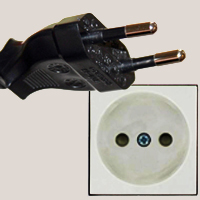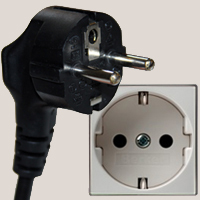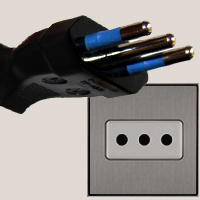Latin America Regulatory Compliance Group
Type Approvals for Latin America and the Caribbean
Latin America Regulatory Compliance GroupLARCG COVERS URUGUAY
LARCG COVERS LATAM
URSEC and ANTEL Type Approval in Uruguay
Uruguay has two regulatory bodies for telecommunications approvals, one for wireless, URSEC (Unidad Reguladora de Servicios de Comunicaciones), and the other for hard-wired telecom equipment, ANTEL (Administración Nacional de Telecomunicaciones). These agencies are responsible for verifying the compliance of telecommunications equipment with applicable regulations in order to commercialize in Uruguay.
Uruguay does not require in-country product testing, local representation, or specific labeling.
We can use existing international test reports for the homologation process to obtain product approval. Technical documents will be reviewed and validated in the approval process.
Uruguay has restrictions in the frequencies between 902 MHz and 928 MHz. LARCG will help determine if these restrictions apply to your equipment and help you obtain exceptions if possible.
Products requiring approval include:
- GPS
- Wireless microphones
- Mobile phones
- Modems
- Radio alarms
- Baby monitors
- Desktop computers
URSEC Resolution 089, 2003: Radio spectrum regulation
For products that do not require approval in Uruguay, regulatory agencies will provide a No Homologation letter to avoid any issues with customs.
Contact us to start the approval processUruguay Plug Types



Type C plugs are most commonly used in South America, Asia, and Europe (except the United Kingdom, Ireland, Cyprus and Malta), and are rated at 2.5 Amps. They operate on AC current at 220 – 240 Volts. Probably the most widely used international plug, CEE 7/16 or Europlug, features two 4 mm round pins measuring 19 mm in length, which are spaced 17.5 mm apart at the tip and 18.6 mm apart from the center point of each pin’s base. 10 mm long insulated sleeves slightly cover the base of the pins; however, they are relatively flexible which allows the plug to mate with any socket that accepts 4.0 – 4.8 mm round contacts on 17.5 – 19 mm centers. As a class II plug, the Europlug is generally limited to applications that require 2.5 amps or less. Note: whereas type C plugs are very commonly used, this is not the case for type C sockets, as these sockets are older and not grounded. Most counties now require grounded sockets to be installed in new buildings; and as such, the sockets have become illegal almost everywhere – they are being replaced by type E, F, J, K or N. To be clear, only the sockets have become illegal; the plugs remain in use.
Type F plugs are known as CEE 7/4 by the International Electrotechnical Commission, as well as the “Schuko plug”, which is an acronym of “Schutzkontakt”, meaning “protection contact”, or “safety contact.” This grounded plug operates on AC current at 220 – 240 Volts and is rated at 16 Amps. Featuring grounded clips on the top and bottom, type F plugs feature 4.8 mm rounded pins measuring 19 mm in length, and are spaced 19 mm apart from either center point. The distance between either grounded clips and the center of the plug is 16 mm. Because the CEE 7/4 plug can be inserted in either direction into the receptacle, the type F connection system is unpolarized.
Type L plugs can be found in Chile, Cuba, Uruguay and Italy. The grounded plug/socket found in Italy, CEI 23-50 (formally CEI 23-16) is rated at both 10 and 16 Amps. Each operate on AC current at 220 – 240 Volts. Both feature three rounded pins placed in a line. Contact diameter and spacing differ between either plug, and as such they’re incompatible with each other. The 10 Amp version has three 4 mm round pins, which measure 19 mm in length. The distance from line to neutral pins is 19 mm, while the distance between the centers of either of the two outer prongs and the center of the ground pin is 9.5 mm. Note: the 10 Amp style socket also accepts type C plugs. Conversely, the 16 Amp version features three 5 mm measuring 19 mm in length. The line and neutral pins are spaced 26 mm apart, while the distance between the centers of either pin to the center of the grounded pin is 13 mm. Since both plugs are symmetrical, they can be inserted in either direction, which means they are not polarized.